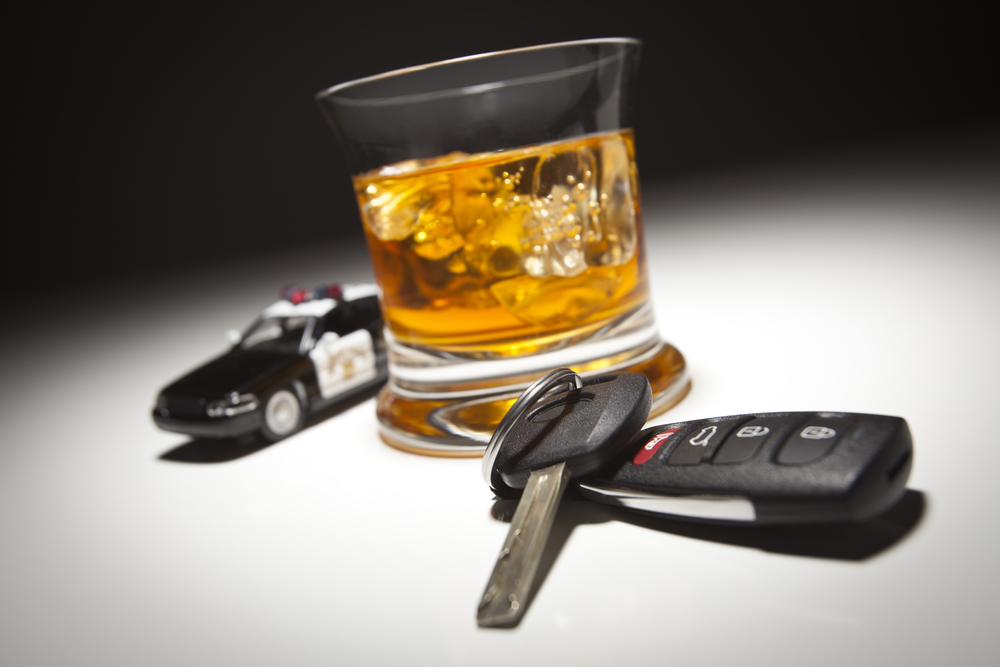Alcohol sample becomes evidential
On October 1, 2016, the evidential breath alcohol test will be introduced in Switzerland. From now on, a blood sample will only be required in exceptional cases during police alcohol checks in road traffic. The blood alcohol content will no longer be measured, but the amount of alcohol in the breath. This means that a new measurement unit and new figures will apply from October.

To determine the inability to drive, a breath alcohol test can already be carried out today using a test device. However, the result is only sufficient as proof if the value is below 0.80 per mille and the person concerned acknowledges this with their signature. In all other cases, a blood sample is required as proof of intoxication.
The new breath alcohol measuring devices are now able to measure the alcohol content of the breath so accurately and reliably that the result is considered evidence-proof in court. To rule out any error, the device performs two independent measurements with the same breath sample within a few seconds. A valid result is only displayed if both give the same result. Only measuring devices that are approved and regularly calibrated by the Swiss Federal Institute of Metrology (Metas) may be used.
Change measurement unit and numbers
With the new measurement method, the unit of measurement and the numbers change. The devices no longer display per mille values (grams of alcohol per kilogram of blood) but milligrams of alcohol per liter of breath (mg/l). This also changes the numbers: What used to be 0.50 per mille of blood alcohol is now 0.25 milligrams of alcohol per liter of breath; 0.8 per mille corresponds to 0.4 milligrams per liter. The figures are halved, but in terms of content they correspond to the previous limits. The rules therefore remain unchanged, the legal provisions the same as before.
Evidence-based breath alcohol testing is part of the "Via Sicura" road safety package and was approved by parliament in 2012. The Federal Council has set the introduction of the new measurement method for October 1, 2016. However, it will take some time before all police corps have the necessary equipment. Until then, blood alcohol testing will continue to be used there.
Blood test still possible
Blood alcohol testing will not be completely abolished: in certain cases (e.g. suspicion of narcotics or medication consumption, after-drinking, respiratory illness, after accidents), the police can still order a blood sample. The drivers concerned can also have their driving ability determined by means of a blood test if they wish.
The evidential breath alcohol test has three advantages: There is no need to take a blood sample in hospital, the result is available within a few minutes, and the measurement is considerably cheaper than a blood sample. This also makes it more customer-friendly. Evidence-based breath alcohol testing has proven itself outside Switzerland and has been accepted for many years, for example in France, Austria, Great Britain, the Netherlands, Italy, Luxembourg, Spain, Portugal and Germany.
This is how a police alcohol test works
The introduction of the evidential breath alcohol test will not change the procedure of a police alcohol test much. As a rule, anyone who comes into a checkpoint will still have to blow into the small test device ("tube") first.
- If the detected value is below 0.25 mg/l (previously 0.5 ‰), the tested person can continue driving (exception: persons who are exempt from the alcohol ban, such as new drivers or professional drivers, where a value of more than 0.05 mg/l was detected).
- If the value is between 0.25 mg/l and 0.4 mg/l (previously between 0.5 and 0.8 ‰), the result can be acknowledged by the driver with a signature. If the driver does not do this, the new measuring device is used to carry out a conclusive check (until now, blood samples were taken in hospital).
- If the value is 0.4 mg/l or more (previously 0.8 ‰ or more), an evidential breath alcohol test (previously blood test) is performed.
It is up to the police to decide how they want to use the new measuring devices: mobile in police vehicles or stationary at the police station.
Source: Federal Roads Office









